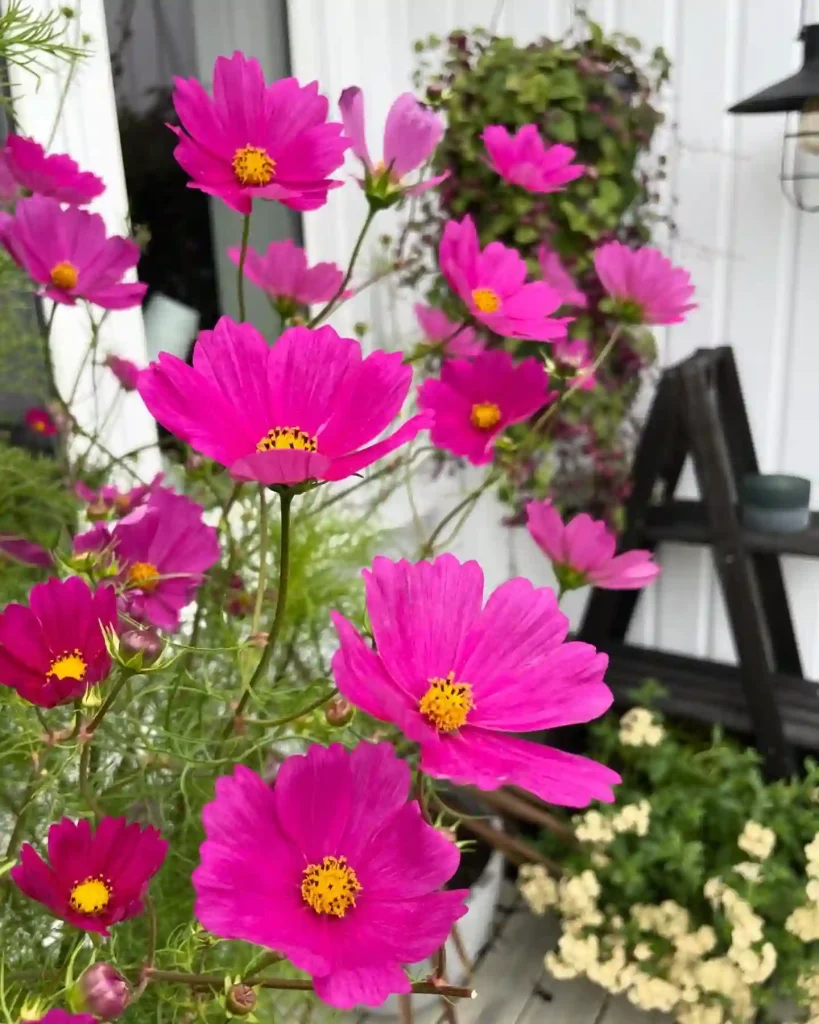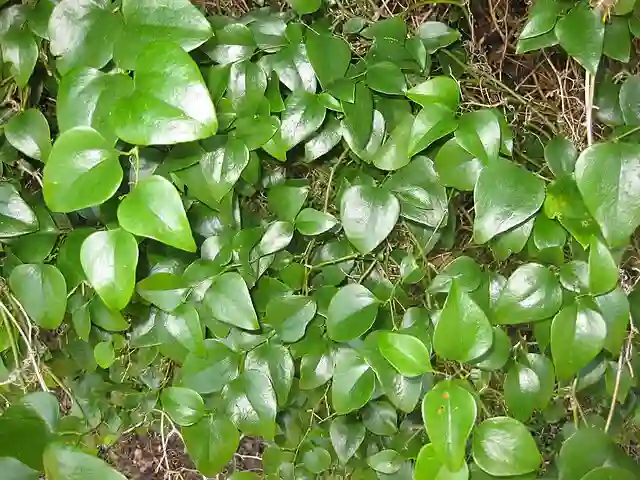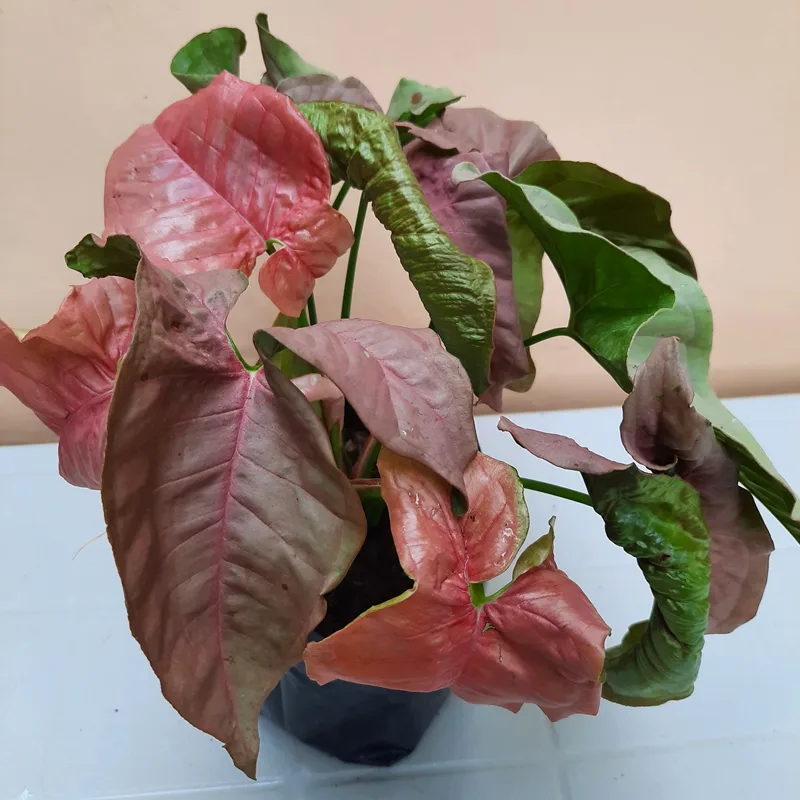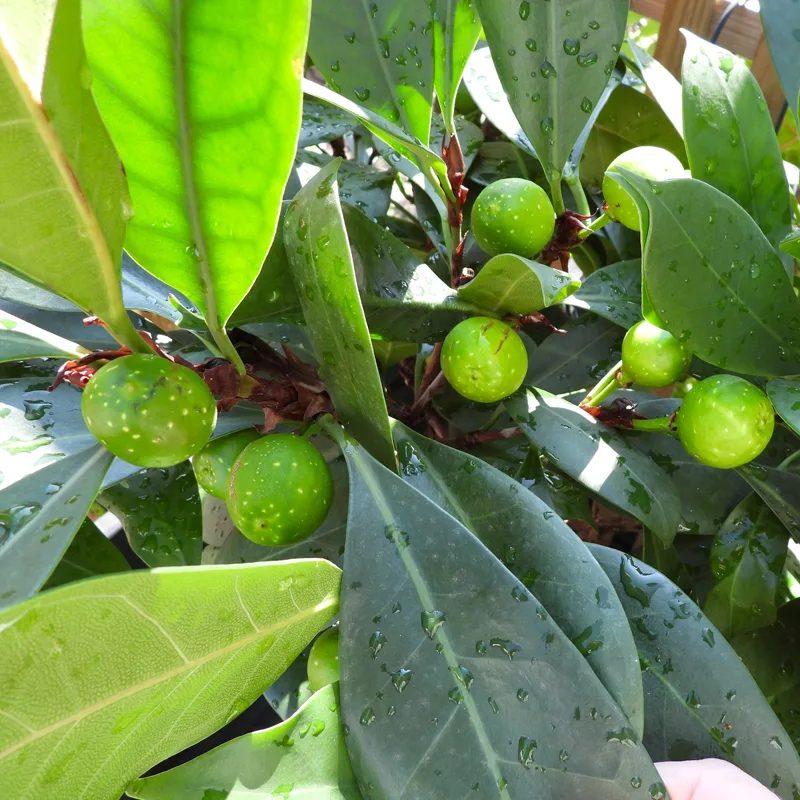Frequently Asked Questions About Castanea Pumila
I’ve always found Castanea Pumila, also known as the Allegheny Chinquapin, to be a fascinating plant. Its hardiness and unique features have led me to appreciate its value in both landscaping and for its practical benefits. If you’re curious about this wonderful tree or trying to decide between Castanea Pumila and other chestnut varieties, like Castanea Mollissima (Chinese Chestnut), you’re in the right place. In this article, I’ll cover common questions and dive into a comparison of Castanea Pumila vs Mollissima, among other FAQs.
10 Species in Genus Castanea
What is Castanea Pumila?
Castanea Pumila is a small tree or shrub that belongs to the beech family (Fagaceae). It’s native to the southeastern United States and is prized for its sweet-tasting nuts, which are smaller than those of other chestnut species. The tree typically grows to about 20-30 feet tall and has attractive, serrated leaves. One of the most intriguing aspects of this plant is its ability to thrive in poor soil conditions, making it a hardy and resilient choice for gardeners.
How to Care for Castanea Pumila?
Caring for Castanea Pumila is relatively straightforward once you understand its needs. The tree prefers well-drained, sandy, or loamy soils and enjoys full sun to partial shade. In my experience, keeping the soil slightly acidic will also ensure the tree thrives. Castanea Pumila is drought-tolerant but performs best when watered regularly during dry periods. Mulching around the base can help retain moisture and regulate soil temperature.
Fertilizing is rarely necessary, though you can apply a slow-release, balanced fertilizer in early spring if the soil is nutrient-poor. Pruning is minimal—just remove any dead or diseased branches to maintain good airflow and prevent fungal issues.
How to Propagate Castanea Pumila?
Propagation can be done through seed or cuttings. I’ve found starting from seed to be a rewarding experience, though it does require patience. To propagate by seed, collect nuts in the fall, and stratify them over winter by placing them in a moist environment in the refrigerator for at least three months. Plant them in well-draining soil in the spring.
If you prefer propagation by cuttings, take semi-hardwood cuttings during the summer. Rooting can be slow, but using rooting hormone can improve your chances. I personally prefer starting with seeds, as they seem to produce more vigorous plants.
Castanea Pumila vs Mollissima: What’s the Difference?
When comparing Castanea Pumila vs Mollissima, there are a few key differences worth mentioning. Castanea Mollissima, the Chinese Chestnut, is much larger, reaching up to 60 feet tall, compared to the smaller, shrubbier Castanea Pumila. Mollissima produces much larger nuts that are highly prized in the commercial chestnut market, while Pumila’s nuts, though sweet, are smaller and more of a local delicacy.
The leaves of Mollissima are larger and broader, with a leathery texture, while Pumila has smaller, more delicate leaves. In terms of care, both require similar conditions, though Mollissima is generally considered more adaptable to different soil types. If space is an issue in your garden, Pumila is likely the better choice due to its compact size.
Can You Grow Castanea Pumila Indoors?
While Castanea Pumila is a versatile tree, it is not suitable for indoor growth. It requires plenty of sunlight and space to develop properly. However, if you’re determined to grow it in a pot temporarily, you could start a young sapling indoors in a well-lit area and move it outside as it matures. Still, this is a tree that thrives in outdoor environments.
Is Castanea Pumila Toxic?
Castanea Pumila is not toxic to humans or pets, which makes it a safe addition to yards where animals or children are present. In fact, its nuts are edible and can be a delightful snack. However, the husks surrounding the nuts are spiny and can cause discomfort if handled without care.
What Can You Plant With Castanea Pumila?
Companion planting with Castanea Pumila involves selecting plants that benefit from similar growing conditions. I recommend pairing it with native shrubs like blueberries or hazelnuts, which share a preference for acidic soils. Understory plants such as ferns or native grasses can also thrive under the shade of this tree, helping to create a layered, natural landscape.
Benefits of Growing Castanea Pumila
One of the biggest benefits of Castanea Pumila is its ability to produce edible nuts that wildlife and humans can enjoy. The tree also provides excellent habitat for birds and other animals. In landscaping, it offers aesthetic appeal with its attractive foliage and resilience to poor soil conditions.
Moreover, Castanea Pumila is known for its drought tolerance, making it an ideal choice for xeriscaping or areas with low water availability. Its smaller size compared to other chestnut trees makes it a versatile choice for smaller gardens.
Common Problems with Castanea Pumila
Like all plants, Castanea Pumila can face certain challenges. One of the most common issues is blight, a fungal disease that has historically devastated chestnut trees in North America. While Castanea Pumila shows some resistance to this blight, it’s still something to watch out for. Ensuring good airflow and keeping the tree healthy through proper care can help minimize risks.
In addition, pest infestations like aphids and chestnut weevils may occasionally become problematic. Regular monitoring and the use of organic pest control methods can keep these issues in check.
Final Thoughts
I have always appreciated the resilience and versatility of Castanea Pumila. Whether you’re comparing Castanea Pumila vs Mollissima, trying to decide if it’s a good fit for your garden, or just curious about its benefits, this small yet mighty tree is worth considering. Its compact size, hardiness, and ability to produce sweet, edible nuts make it an excellent choice for gardeners looking to add something unique to their landscapes.
If i die, water my plants!



